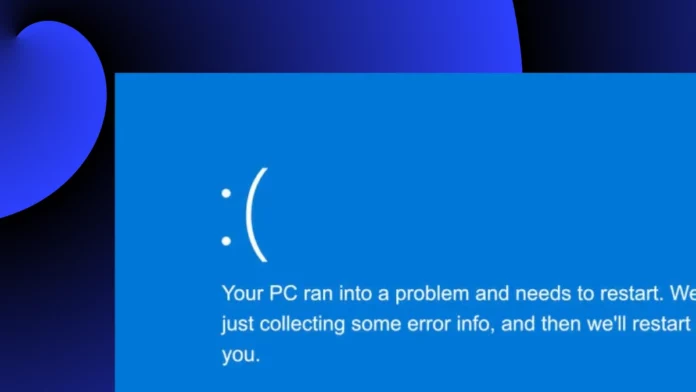After decades of the iconic Blue Screen of Death (BSoD), Microsoft is making a bold change. The error screen will now appear in black instead of blue.
This update is expected to roll out later this summer as part of broader changes to Windows 11.
Table of Contents
Why the Change?
According to The Verge, Microsoft aims to make error messages clearer and easier to understand. The new Black Screen of Death is designed to help users troubleshoot problems more effectively.
This redesign may also be part of Microsoft’s push to optimize Windows 11 for handheld gaming devices. The updated Xbox app and new Aggregated Game Library support this direction. Some speculate the change could also be a response to the 2024 CrowdStrike outage, though Microsoft hasn’t confirmed this.
A Familiar Name, A New Look
Despite the color change, the screen will still be called the BSoD. The stop code will remain, offering technical details to help diagnose issues.
While the shift from blue to black might seem cosmetic, it reflects Microsoft’s broader efforts to modernize the OS.
Concerns About Stability
Some users are cautious. The current BSoD, while not perfect, is familiar and functional. Changing it raises concerns about potential bugs or instability.
Microsoft’s recent update history hasn’t inspired much confidence. Earlier Windows 11 builds introduced serious issues, including crashes and compatibility problems with Nvidia GPU drivers.
These bugs affected games like Assassin’s Creed Origins, causing crashes or preventing them from launching. Nvidia’s drivers also triggered black screen errors during installation or login.
Final Thoughts
If the new Black Screen of Death rolls out smoothly, it could be a helpful upgrade, especially for handheld gaming PCs, where simpler visuals are easier to read.
Still, many users hope Microsoft avoids introducing new problems in the process. For now, we say goodbye to the classic blue and cautiously welcome the new black.

